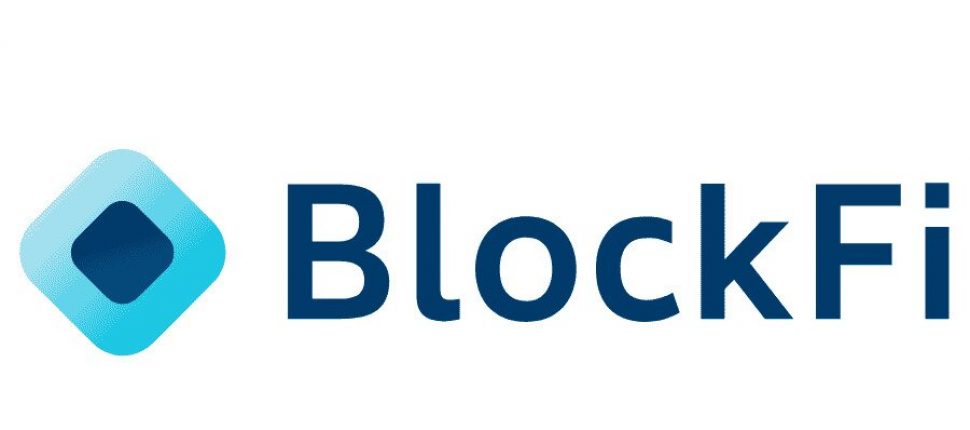- >Best Crypto Exchanges 2024
- >Blockfi vs Coinbase
Coinbase Quick Overview
Coinbase is one of the biggest cryptocurrency exchanges in the world with trading volume only beaten by Binance and a great reputation for industry-leading security. It is considered one of the best ways to buy Bitcoin, especially for Americans.
Coinbase is one of the oldest cryptocurrency exchanges in existence, having been in operation since 2012, and is one of the earliest adopters and providers of various cryptocurrency-related products. Over the years the company has entered into partnerships with a variety of mainstream companies such as Dell, Overstock, and Time Inc, which helped solidify them as one of the most trusted organizations in the cryptocurrency community. A Coinbase listing has become synonymous with an asset seeing a new pump.
To learn more about the exchange be sure to check out our in-depth Coinbase review.
- Beginner-friendly UI make it easy to make quick buys
- One of the oldest and most reliable exchanges
- Earn $200 in free crypto after completing sign-up process. Terms apply.
- Variety of products including exchange, staking, wallet
- Advanced Trading options for experienced traders
Coinbase Pros & Cons
Pros
New users can earn free crypto through coinbase.com/learn
User friendly design with simple buy/sell buttons and clearly indicated prices
Large selection of crypto assets and tokens
Have their own stable coin (USDC)
Cons
Fees are right in the middle of industry standards
No ability to earn interest on holdings
Significant identity verification required
Blockfi Quick Overview
BlockFi is one of the most well-known crypto lending platforms on the market. Blockfi hit the market in 2019 with Zac Prince as the CEO and founder, and the company was able to raise more than $60 million in funding before it launched.
Blockfi is considered one of the first platforms that let users earn interest on their crypto. Much like a traditional bank, BlockFi allows users to either take out a loan or earn interest on their crypto holdings. The platform also offers an exclusive Visa card that offers cashback in Bitcoin, the ability to purchase cryptocurrency directly, and no fee swaps between any of the supported cryptocurrencies.
For more info on Blockfi check out our full review.
- Earn interest on your cryptocurrency
- Not required to lock up crypto for a set period of time
- Reliable and safe platform based in the USA
- Particularly good earn rates for Bitcoin and ETH
- Offers an exclusive Visa card with Bitcoin rewards
Blockfi Pros & Cons
Pros
Integrated exchange with zero fees for swaps of supported assets
Lenders earn compound interest on deposits
You can choose the cryptocurrency in which they earn their interest
Blockfi Visa Card that offers Bitcoin rewards
Cons
Each withdrawal is charged a flat fee, with the exception of one free withdrawal per month.
Limited number of cryptocurrency assets available
Beginner Friendliness
Both platforms are very beginner friendly and offer mobile apps for users to easily sign up from their phone. However, Blockfi does not allow you the ability to purchase crypto with a credit card, while Coinbase does, making Coinbase a slightly more beginner friendly option. If you already own some crypto in another wallet then it is a bit of a moot point, and you can still connect your bank to Blockfi to buy crypto that way in addition to both offering the ability to deposit cryptocurrencies.
Coinbase and Blockfi both have user interfaces that are easy to navigate and use, meaning which platform you choose really depends on your intentions.
Trust & Security
Neither Blockfi nor Coinbase have ever been successfully hacked, though there was a SIM card swap incident for Blockfi in spring 2020 with zero funds lost. They both offer two-factor authentication (2FA), IP logging and hold the majority of users funds in cold storage with Coinbase holding 98% and Blockfi holding 95%. For Coinbase, Cash deposits are also FDIC insured up to $250,000. All other assets held online are privately insured by Coinbase.
For Blockfi, the remaining 5% is held in hot wallets insured by Aron, though they offer no FDIC insurance. Blockfi wallets are provided by Gemini Exchange, one of the top American exchanges that is known for its regulatory compliance.
Not much to worry about with either choice here, though since Coinbase has not been hacked in almost a decade, they have a slight edge.
Fees
Comparing fees between Coinbase and Blockfi has to be divided into various areas. For trading fees, Blockfi actually comes out on top as they do not charge any fees for swap, and even with the possibility of up to a 1% spread, that is still less than the maker fees on Coinbase.
When it comes to deposit fees, there are none for both platforms.
For withdrawals, Coinbase only charges the blockchain network fee and nothing additional, while Blockfi gives you one free withdrawal for stablecoins and one free withdrawal for a crypto per calendar month. Otherwise, you may be paying a significant fee for withdrawing various assets on Blockfi, as the fee for Bitcoin is over $30 USD for any withdrawal amount, or $60 USD for Ethereum.
Sign-Up Process
The sign-up processes for both Coinbase and Blockfi are quick and easy, though they still require full identity verification. That means you’ll be required to provide name, address, personal identification (driver’s license, passport) and a photo.
Available Cryptocurrencies
This is one area where there is absolutely no contest, as Blockfi offers just 13 total cryptocurrencies, while Coinbase offers almost 100 coins and tokens for users to buy and sell. If you are looking for the platform with the most selection of assets, then Coinbase is where you want to go, however Blockfi does offer many of the top Ethereum-based assets such as Uniswap (UNI) and Chainlink (LINK) in addition to Bitcoin and all of the most popular stablecoins.
Standout Features
- Blockfi Interest Accounts
The flagship platform of Blockfi, the Blockfi Interest Account allows users to earn interest on their crypto or stablecoins holdings of up to 8.25% APY.
- Blockfi Visa Credit Card
The Blockfi Visa Credit card is one of the only crypto credit cards on the market and offers users a 1.5% cashback reward in Bitcoin for all spending, and you can earn 2% once you have spent $50,000 USD in one year.
- Coinbase Card
While not a credit card that allows you to earn crypto rewards for your spending, the Coinbase Card is a Visa Debit card that allows you to spend your Coinbase holdings anywhere Visa is accepted. They also offer you up to 4% in crypto rewards for your spending.
- Coinbase Earn and Staking
Coinbase Earn is a way to earn free crypto rewards for taking short lessons on that specific cryptocurrency. Assets are then immediately sent to the user who can do what they please with their rewards.
Staking is available for certain assets and lets you earn interest on your held crypto assets.
CryptoVantage Verdict: Trade with Coinbase, Hodl with Blockfi
When it comes to deciding between Coinbase and Blockfi, your platform of choice really depends on your intent.
If you are interested in trading many cryptocurrencies or staking while also being able to spend your holdings with a Visa Debit, then Coinbase is certainly right for you.
If you are interested in earning interest on your crypto holdings for Bitcoin or Ethereum and having a crypto credit card that gets you Bitcoin cashback rewards, then Blockfi might be something to look into.
You really cannot go wrong either way though, as both platforms are extremely secure and user friendly.








